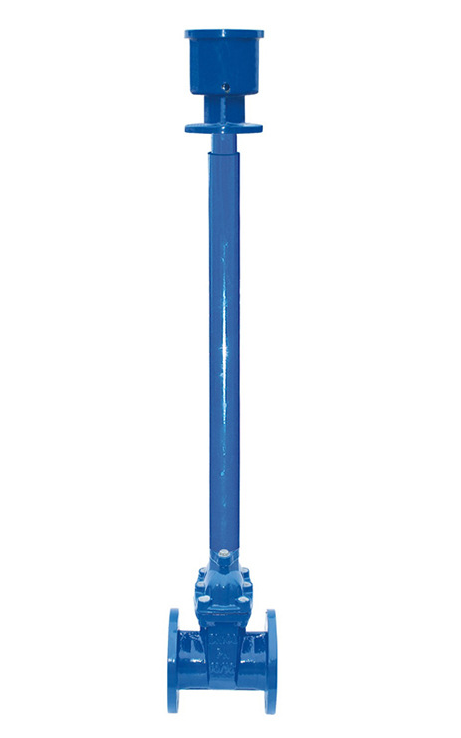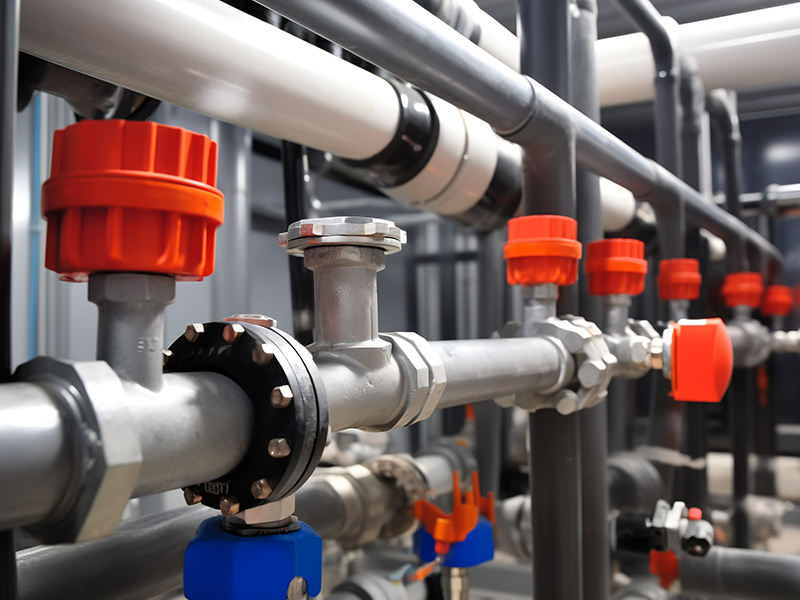What operating conditions should use an extended stem gate valve?
Release Time:
Aug 16,2025
The key application point of extended stem gate valves is to overcome the problem of "operational accessibility": Physical depth/height barriers: buried deep, installed high. Cover layer obstacle: enveloped by a thick insulation layer. Space/safety barriers: located in dangerous, narrow, and difficult to access areas.

Extended stem gate valves are mainly used for special installation positions that require extended operating distance or convenient operation. Its core application scenario is when the installation position of the gate valve makes it difficult for the operating handwheel or actuator to access or when direct operation is inconvenient or unsafe.
1. Deep buried underground (valve well/underground pipeline):
This is the most common application scenario. When the valve is installed in a deep underground valve well or buried pipeline, the operator cannot directly reach the handwheel of the ordinary valve stem on the ground.
The extension rod lifts the operating point (handwheel or square head) to the ground or a height that is convenient for operation (such as an operating platform), allowing personnel to easily open and close valves without entering the valve well, greatly improving safety and operational convenience.
2. Pipelines/equipment covered with thick insulation layer:
In industries such as petrochemicals and thermal power, high-temperature pipelines and equipment are usually wrapped in thick insulation layers (sometimes up to half a meter or even thicker).
If the valve is installed inside the insulation layer (the handwheel of ordinary valves will be covered by insulation), the insulation needs to be removed every time the valve is operated, and it needs to be restored after operation, which is extremely inconvenient and damages the insulation effect.
Extended stem gate valves extend the valve stem so that its operating end (handwheel or square head) extends beyond the insulation layer, allowing operators to operate directly outside without damaging the insulation, which is both convenient and energy-saving.
3. High level installation:
Valves are installed at higher positions, such as the top of large storage tanks, elevated pipelines, and above platforms, which are difficult for operators to directly reach from the ground or conventional platforms.
The extension rod can lead the operating point to a safe platform or ground level that is easily accessible to the operator, avoiding the risks and troubles caused by climbing or using high-altitude work equipment.
4.Installation in pit/trench:
Valves installed in narrow, damp, poorly ventilated or other potentially hazardous pits or trenches where harmful gases may accumulate.
The extension rod allows operators to operate on the ground or at the edge of pits/ditches, reducing the need to enter hazardous areas and improving operational safety.
5. Environment requiring isolation operation:
In areas with harsh environments (such as high temperature, strong corrosion, strong radiation) or where cleanliness needs to be maintained (such as sterile rooms, clean workshops), operators may need to stay away from the valve body.
The extension rod provides physical distance isolation, allowing operations to be carried out in safer or cleaner areas.
6. Locations with limited space and difficult access for personnel:
Valves installed in corners, gaps, or interlayers with dense equipment and limited space are difficult for personnel to approach or turn around to operate.
The extension rod can lead the operating point to an open or convenient space for operation.





